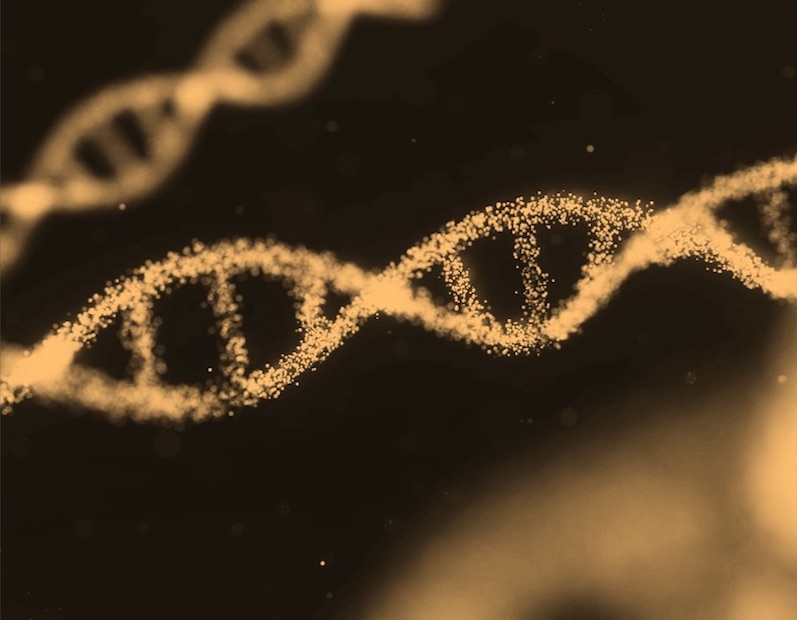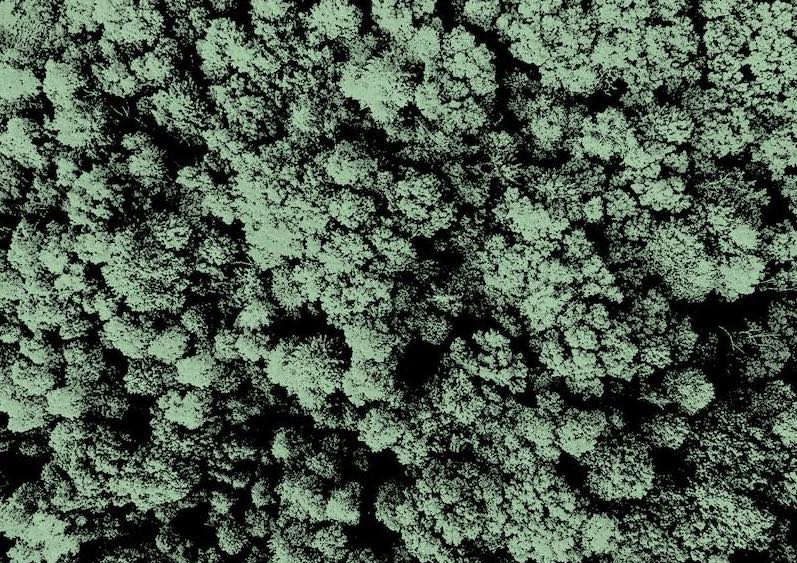What is it about?
Carnivorous plants trap animal prey to supplement their diets in nutrient-poor habitats. The genus Genlisea has specialised underground leaves that like lobster pots or eel traps, to catch microscopic animals. We show that the structures do more than this, and capture even smaller organisms like bacteria by ‘rectifying’ their swimming. Coincidentally, physicists working on co-called ‘active matter’ (swimming bacteria, or other moving microbes) have fabricated similar structures to separate swimming from non-swimming cells. We show that nature is already exploiting this aspect of physics to allow Genlisea to catch its prey.
Featured Image

Photo by Steven Van Elk on Unsplash
Why is it important?
In recent years, physicists have been trying to optimise structures that separate microscopic particles that swim from those that don’t. These so-called ‘rectifiers’ can be used in a wide range of applications including medical catheters that reduce infection, the delivery of drugs, or refining bacterial cultures for biochemical reactors. Our work shows that Genlisea produces a structure that performs exactly this task, honed by evolution. By studying Genlisea’s traps, we hope to design biomimetic structures that improve the efficiency of a wide range of bacterial rectifiers.
Perspectives
Some carnivorous plants are fascinating examples of convergent evolution. Certain strategies for trapping (e.g. sticky leaves) have occurred independently in multiple evolutionary lineages. Genlisea is something of an outlier in terms of trapping strategy, however. The geometry of the specialised underground leaves allow it to trap microorganisms which die within the plant and are either digested and absorbed directly by the plant, or after they are broken by other microorganisms in the plant’s microbiome. We can use engineering and physics to understand how the traps work, and conversely, observe how nature produces bacterial rectifiers so we can engineer better devices. Beyond the immediate application, Genlisea raises other questions about the nature of carnivory. In one sense, they simply ‘arrange for microbes to die near them’ so that they can consume nutrients that are otherwise sparse in the environment. Genlisea has very distinctive trap structures, so we notice this sequestration. But how many other plants might employ strategies like this in a more subtle way, sequestering microorganisms to be ‘eaten’ at a later date?
Dr Laurence George Wilson
University of York
Read the Original
This page is a summary of: The carnivorous plant
Genlisea
harnesses active particle dynamics to prey on microfauna, Proceedings of the National Academy of Sciences, December 2024, Proceedings of the National Academy of Sciences,
DOI: 10.1073/pnas.2409510121.
You can read the full text:
Contributors
The following have contributed to this page







